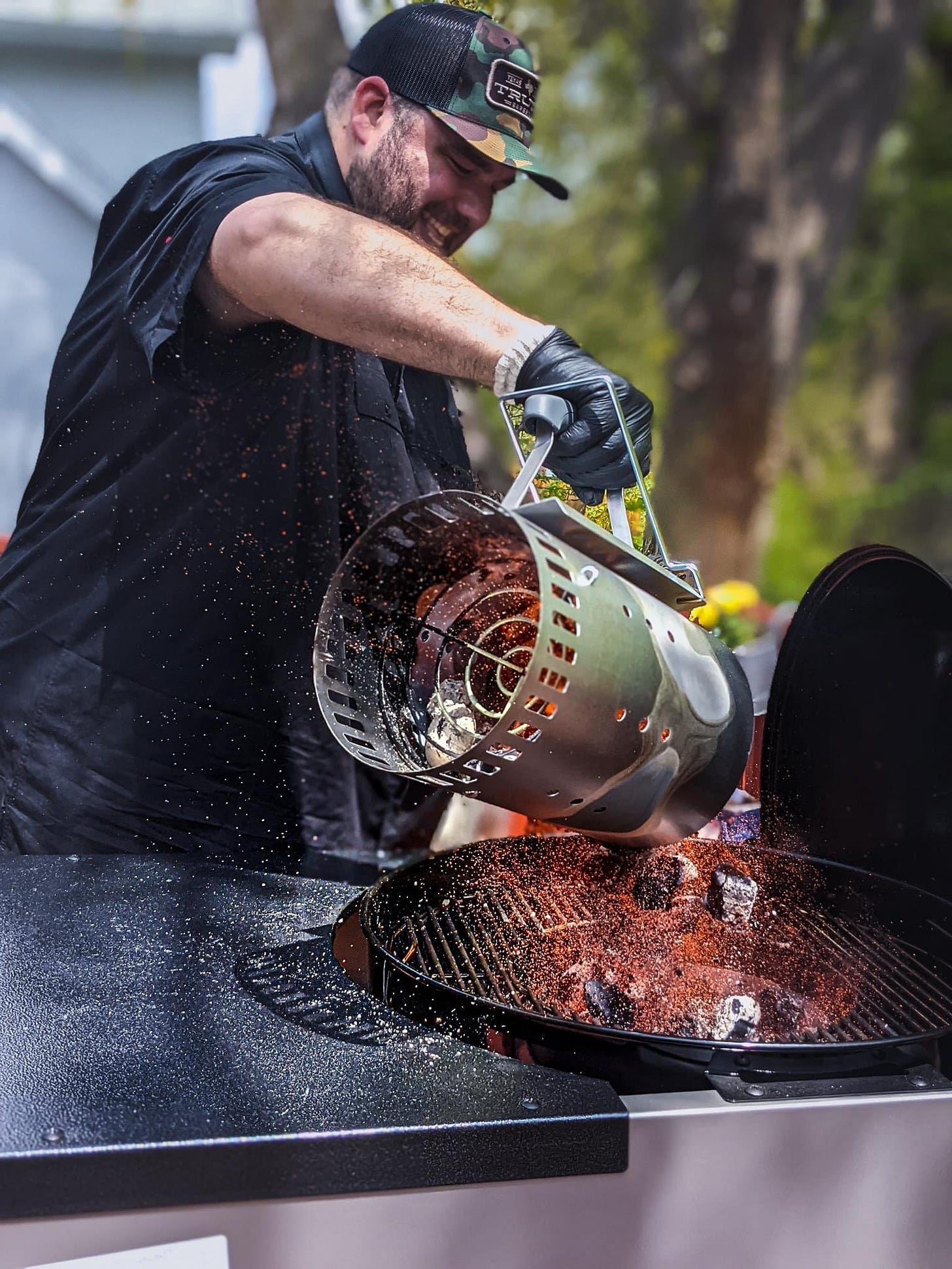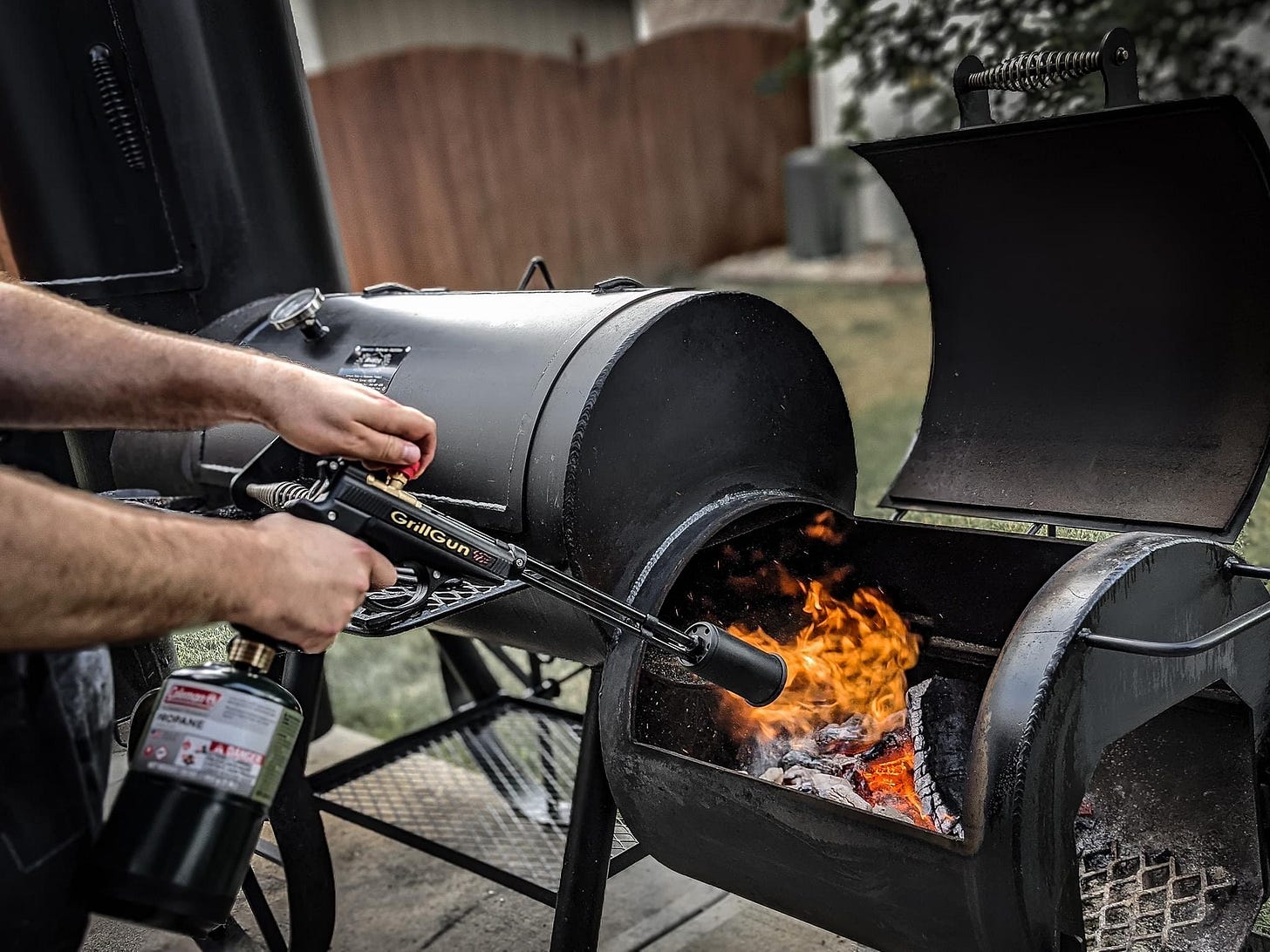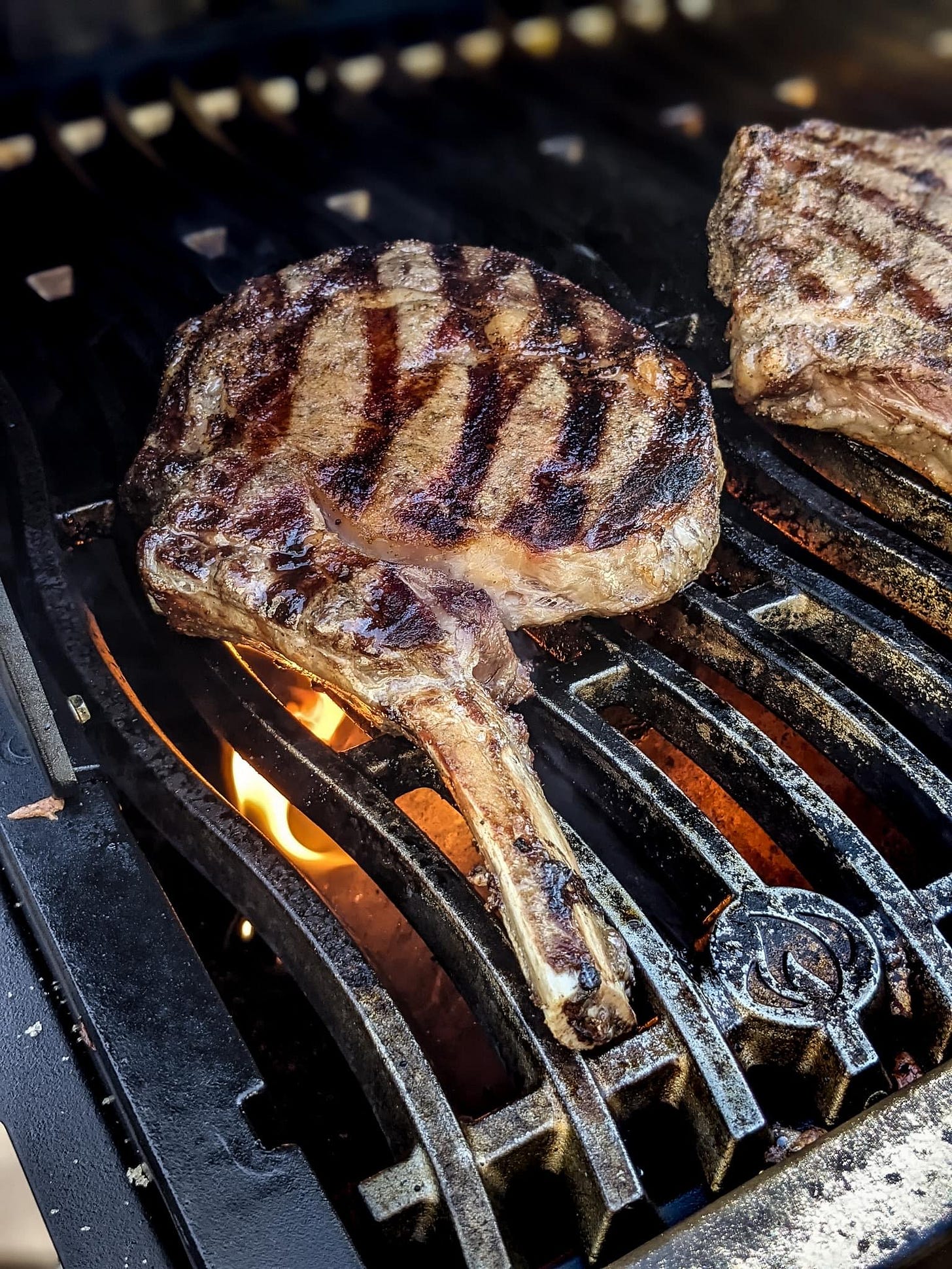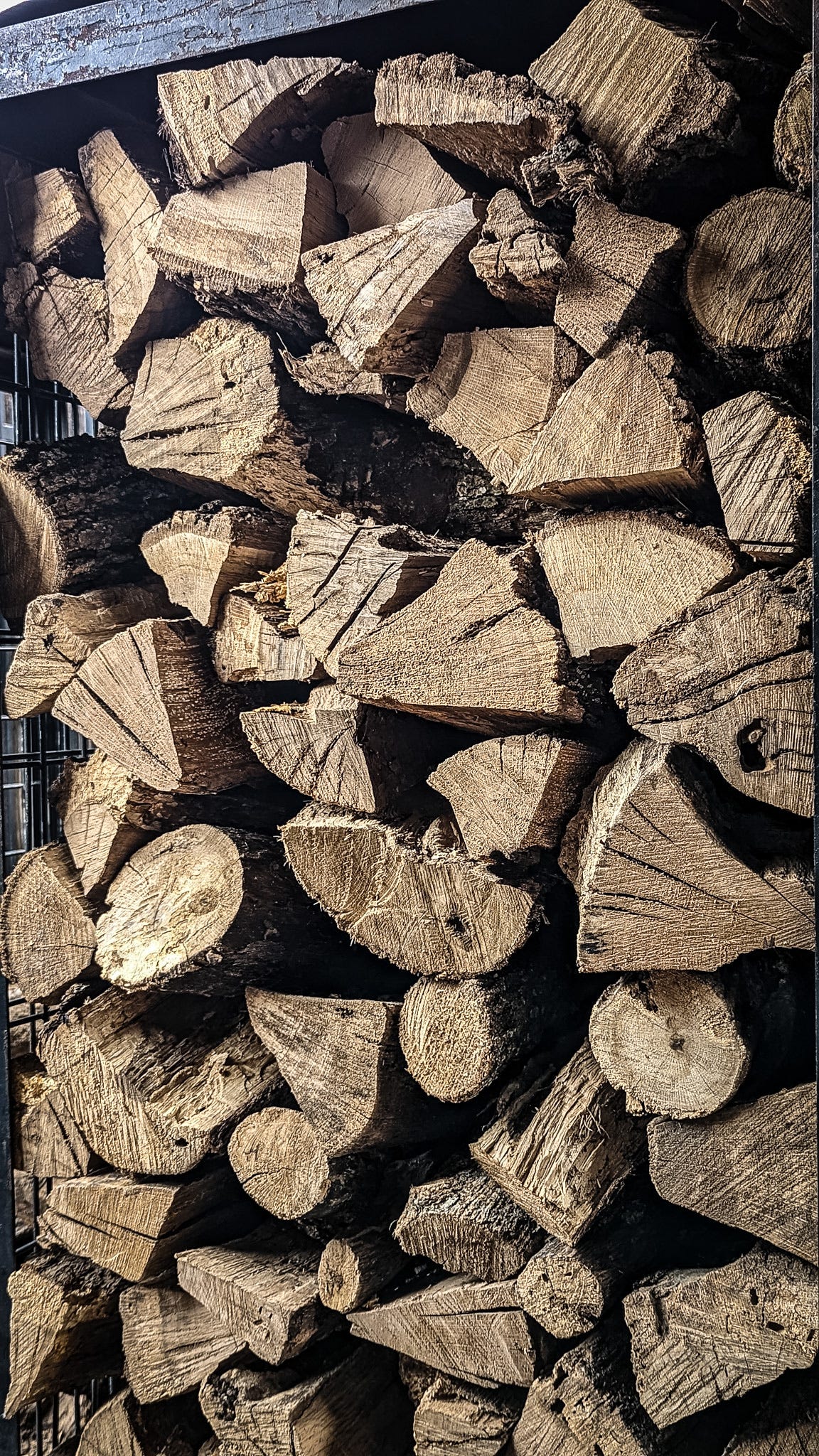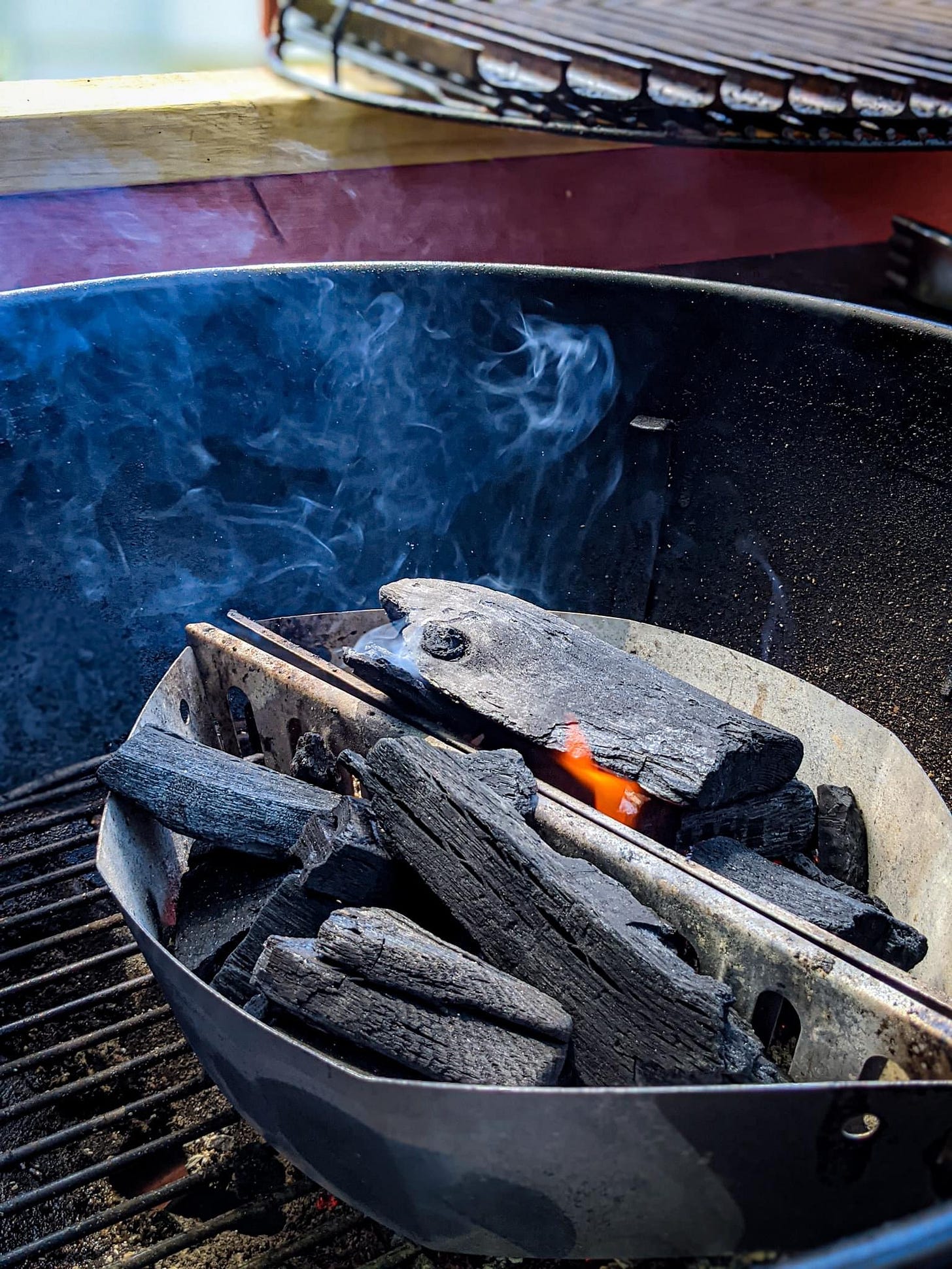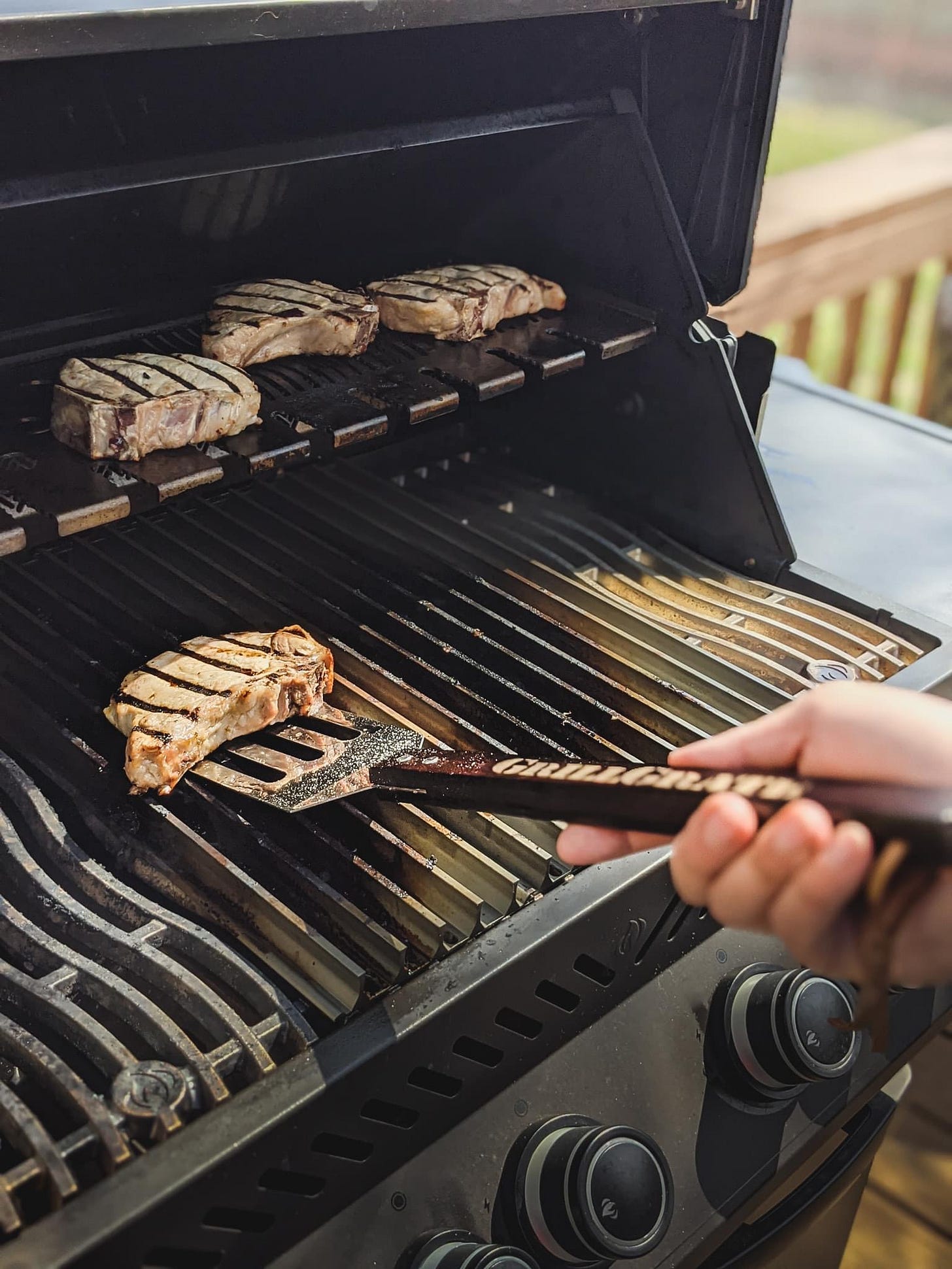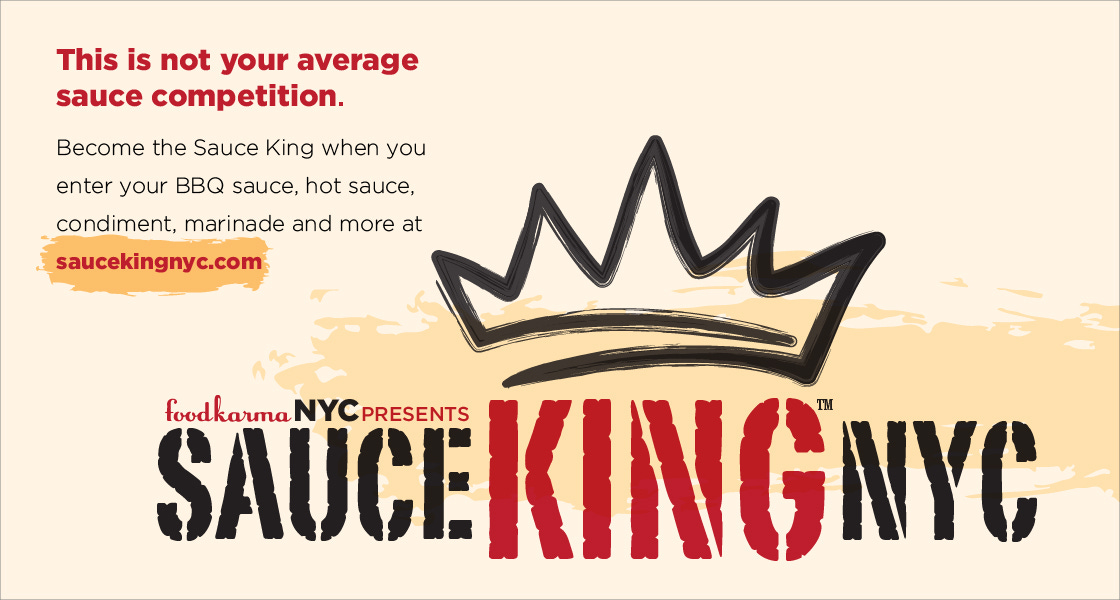How to Build and Maintain a BBQ Fire
Understanding how to build and manage your BBQ fire—whether you’re using charcoal, wood, or gas—is the key to consistent results.
Bre Via, who leads the Smoke 'n Magic competition BBQ team, writes this week's guest article. With a mission to make the smoke and magic of BBQ approachable for everyone, Smoke 'n Magic is known for its family-made, competition-tested sauces and rubs. Whether on the competition stage or in the backyard, Bre and her team bring a touch of magic to every BBQ experience. If you want to write for The Smoke Sheet, please get in touch.
Whether you’re smoking brisket low and slow or searing steaks over blistering heat, every great barbecue begins with one thing: the fire. Understanding how to build and manage your BBQ fire—whether you’re using charcoal, wood, or gas—is the key to consistent results, rich flavors, and full control over your cook.
Here’s a step-by-step guide to help you master the heat and keep it working in your favor.
Building a Charcoal Fire
Step 1: Choose Your Charcoal
Lump charcoal burns hotter and faster, ideal for searing.
Briquettes burn more evenly and longer, great for low-and-slow cooking.
Step 2: Set Up Your Grill
Use a chimney starter to light your coals evenly without lighter fluid. Fill the chimney, use a fire starter such as Royal Oak Tumbleweeds underneath, and light it. Coals are ready when covered in white-gray ash (about 15–20 minutes).
Pour coals into the grill, arranging them based on your cooking method:
Two-Zone Fire: Coals on one side only—direct heat on one side, indirect on the other.
Snake Method: Lay out briquettes in a curved line with wood chunks on top for slow burning over several hours.
Even Layer: For consistent direct heat, spread coals evenly across the bottom.
Step 3: Add Wood (Optional)
For extra smoke flavor, toss in a few wood chunks or chips directly onto the coals.
Building a Wood Fire
Step 1: Choose the Right Wood
Use hardwoods like oak, hickory, cherry, or pecan. Avoid softwoods (like pine or cedar) due to resin content and off flavors.
Step 2: Start with a Base
Use a small bed of charcoal to help start the fire. Once the wood catches and begins to produce hot embers, you’re ready to cook.
Step 3: Let It Burn Down
Never cook directly over roaring flames. Let the wood burn down to glowing embers for consistent heat and clean smoke. Clean smoke will appear almost clear.
Tip: Keep a separate fire burning to the side (in a firebox or second pit) and add fresh embers to your cooking area as needed.
Using a Gas Grill
Step 1: Preheat with the Lid Closed
Turn all burners to high and close the lid for 10–15 minutes until the grill reaches your desired temperature.
Step 2: Create Heat Zones
Two-Zone Setup: Turn one or two burners off to create an indirect zone.
Searing: Use all burners on high for 5–7 minutes, then reduce as needed.
Step 3: Add Smoke (Optional)
Place wood chips in a smoker box or foil pouch with holes poked in the top. Set it over a lit burner for smoke flavor. You can also use a smoke tube filled with wood pellets to add smoke flavor.
Controlling Temperature
Charcoal/Wood Grills:
Airflow is Key: Use vents to regulate heat.
Open vents = more oxygen = hotter fire.
Close vents = less oxygen = lower temp.
Add Fuel Gradually: Don't dump in too much wood or charcoal at once—add small amounts to maintain temperature.
Gas Grills:
Use the burner knobs for precise control.
Keep an eye on flare-ups; close the lid and lower heat to stabilize.
Maintaining the Fire
Check Every 30 Minutes (Charcoal/Wood): Add coals or wood as needed, and stir the fire to knock ash off embers.
Avoid Flare-Ups: Trim excess fat from meat, and keep a spray bottle of water nearby. You can also cook meat in a pan or place a pan on the bottom rack to catch any drippings.
Rotate Food: Especially on charcoal and wood grills, hot spots can develop. Move food around to ensure even cooking.
Managing Hot Spots
Identify Hot Zones: Hold your hand 5 inches above the grate—if you can’t keep it there for more than 2 seconds, it’s a hot spot.
Use Them Wisely: Sear over the hottest areas, then move food to cooler zones to finish.
Keep a Cooler Zone: Always have a place on the grill with lower heat to rest or finish cooking items gently.
Whether you're cooking with charcoal, wood, or gas, mastering your fire is the foundation of great barbecue. Take the time to understand how your fuel source behaves, how to build and maintain consistent heat, and how to adapt to your grill’s unique characteristics.
BBQ isn’t just about fire—it's about learning how to control it. With practice and patience, you’ll turn flames and smoke into flavor every time.
Bre Via
Smoke ‘n Magic BBQ Team
Do you have what it takes to be a King? Submit your best sauces, rubs, marinades, and condiments to Sauce King NYC™ to find out! Compete to win across categories, including Best BBQ Sauce, Hot Sauce, and Marinade. Do you think your sauces, rubs, marinades, and condiments have something special? Suggest your own unique category to the judges, and you may just take home a new crown. Registration for shelf-stable entries is open through August 25, 2025. Submissions must be received by September 5, 2025. Visit saucekingnyc.com for all the details.
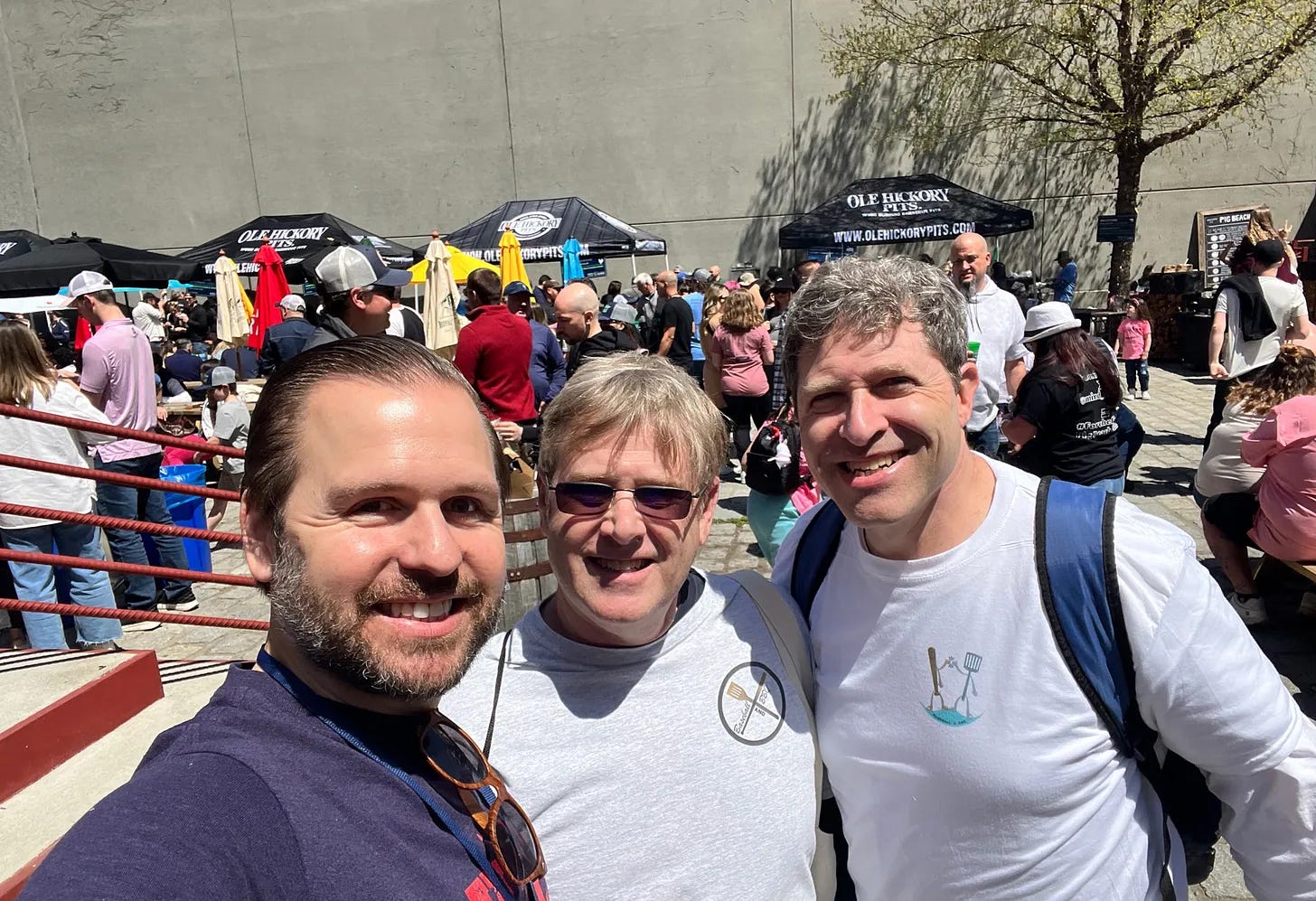
Congrats to our friends Len and Jeff at the Baseball & BBQ podcast, which just released its 300th episode. This edition features interviews with David Wild, Emmy-winning writer and co-host of the podcast Naked Lunch with Phil Rosenthal, barbecue pitmaster legends Moe Cason and Bob Trudnak. Read more about the history of the long-running New York-based podcast.
We mourn the passing of Ercole Chila of the Uncle Pig’s Barbeque Pit competition team, who passed away last week. “With heavy hearts, the KCBS family remembers Ercole Chila, pitmaster of Uncle Pig’s Barbeque Pit and 2022 Team of the Year, whose kindness, laughter, and love of barbeque left a lasting mark on us all,” the Kansas City Barbeque Society posted on social media.
Summer grilling season is getting pricy. The AP reports that beef prices reached record highs in the U.S. this past June, with the average price of a pound of ground beef now $6.12, a 12% increase from a year ago. The average cost of all uncooked beef steaks rose 8% to $11.49 per pound.
South Carolina Living profiled pitmaster Robbie Robinson of City Limits Barbeque, who has been a James Beard Award finalist in the category of “Best Chef: Southeast” two years in a row.
Keep reading with a 7-day free trial
Subscribe to The Smoke Sheet to keep reading this post and get 7 days of free access to the full post archives.



